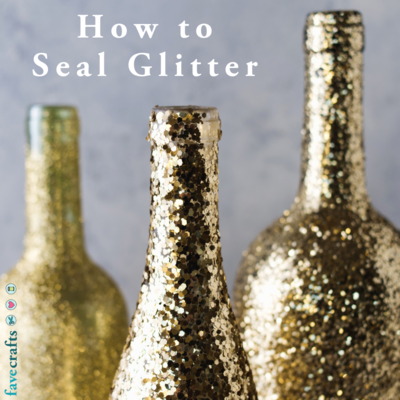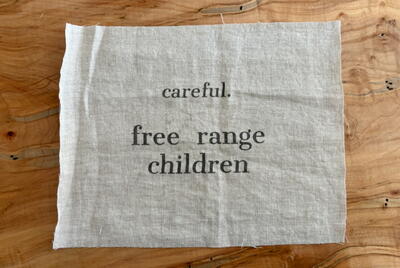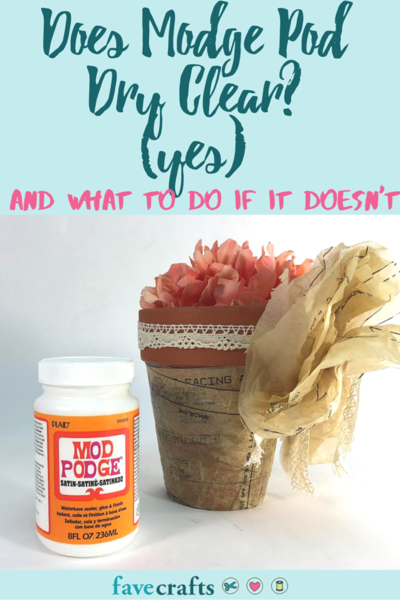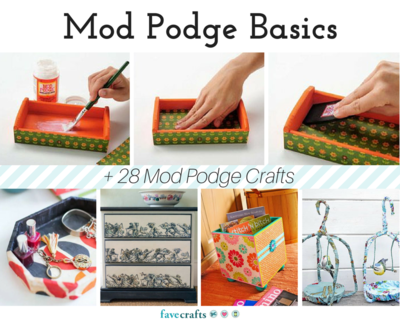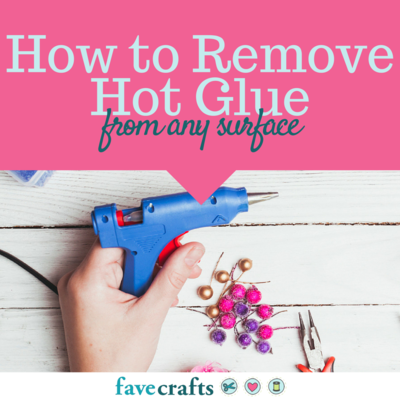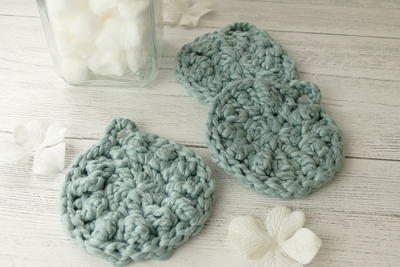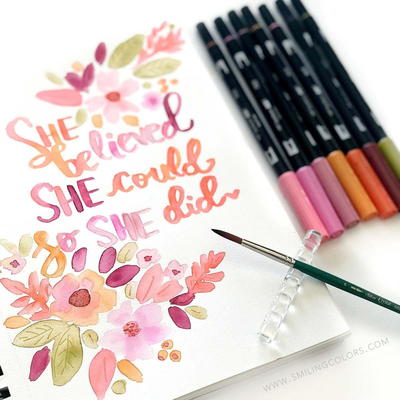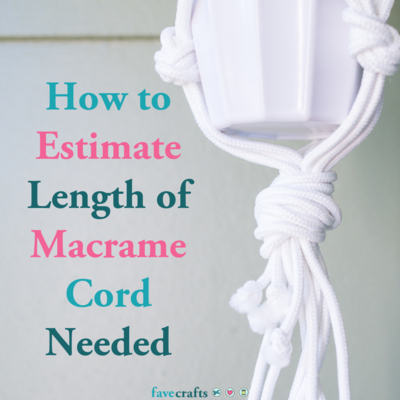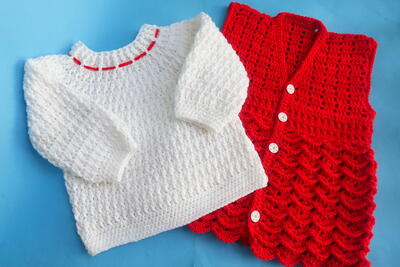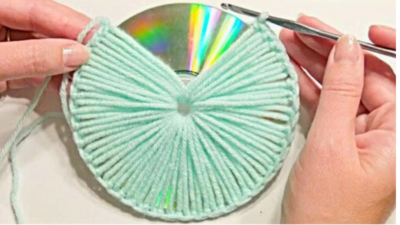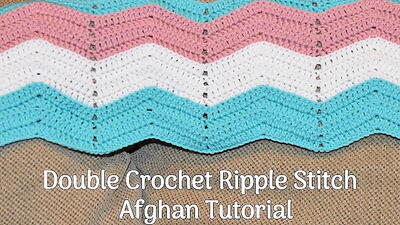Paper Casting
Use this easy to follow tutorial and learn how to do paper casting. It's so easy and using paper allows you to save money. You can also try this technique with clay or wax.
Paper Casting
Materials
- Blender: Filled 3/4 full of water
- Paper or Cotton Linter: Anything from typewriting paper to tissue paper. For best quality results and archival quality use cotton linter
- Molds: Several mold options including paper-casting molds, candy or cookie molds OR Another option is using a rubberstamp
- Acid Removing Additive: Powder that removes all acids from pulp
- Small Strainer, Cloth & Paper Towels, Sponges: To remove excess water from mold
- Sink or Large Tub: To work over
Step by Step
- Tear or cut paper or linter into small pieces. Place in blender and soak for about one minute. Add your acid-removing additive. Turn blender on high for 1-3 minutes. Paper pulp should look like mush with no detectable pieces of paper left.
- Pour some pulp in strainer. Using small amount of pulp, start filling in the mold with pulp. You should not be able to see any of the mold and if using plastic molds hold the mold to the light to see if any area needs more pulp.
- Use sponge and towels to remove excess water from pulp in mold. Press firmly down on the while removing water so you will get all the details of the mold image.
- Allow mold to dry 24 hours before removing paper from mold. To cut drying time place mold in front of a fan. Some paper casting molds are microwave safe. If you mold is microwave safe you can place mold into microwave and on medium heat in 15-30 intervals “cook” your casting until dry.
- Paper casts are beautiful as is, but you can also use chalks, glitter glues, colored pencils, stencil paints to add color to your casting.
- Rubberstamp Option: Place pulp onto stamp and press firmly down, flip over and when pulp is dry, remove stamp. You can also soak thin bodied or light weight paper in water then add several layers of the wet thin paper over the top of the stamp image. Press down firmly and flip. Let paper dry completely and remove stamp.
Tips
- Molds and stamps can usually also be used with polymer clay, paper clay, wax, embossing powder and art foils to create castings.
- You can make your own molds by using rubberstamps and polymer clay. Press image into flattened clay and bake.
- You can also use paper pulp and even wet tissue paper as your “cotton linter”.

